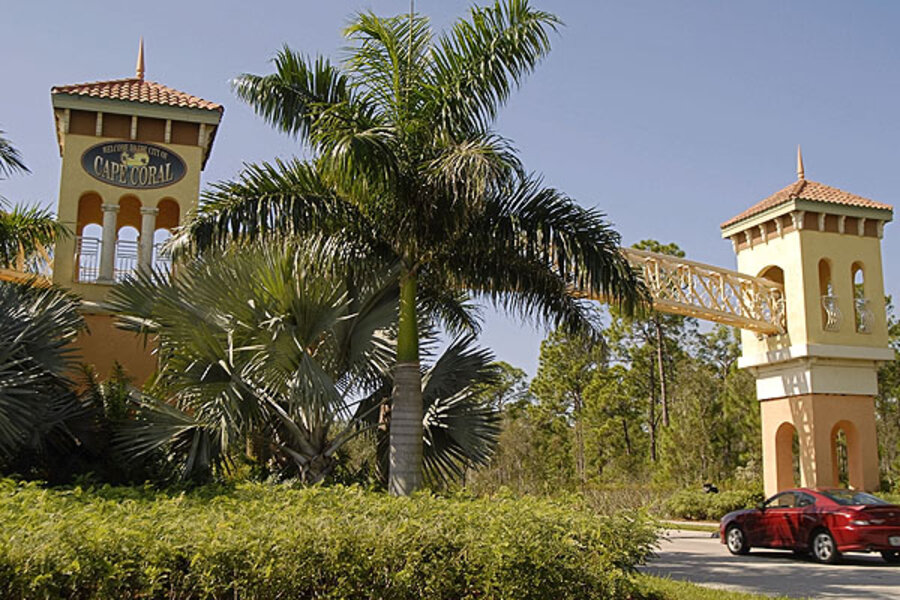Located in Lee County on Florida’s western Gulf coast, Fort Meyers, the so-called “City of Palms,” was remade as a resort destination a few years ago, and is home to miles of beaches and over 40 golf courses. Cape Coral, too, has historically been a haven for retirees. Before the housing bubble burst, it was also a hot spot for speculators: Between 2002 and 2006, Lee County housing prices soared 280 percent. During the recession, however, Cape Coral became known as Foreclosure, USA, because of the high rate of bank-seized homes. The market showed signs of bottoming out in 2009, and now growth is returning because of the low home prices.
The median home price has shot up from $86,000 in the fourth quarter of 2010 to $108,000 a year later. Still, the buyer come, from as far away as Europe, buying up real estate sight unseen, or all in cash. Housing prices are still roughly half of what they were at their peak in 2006.







